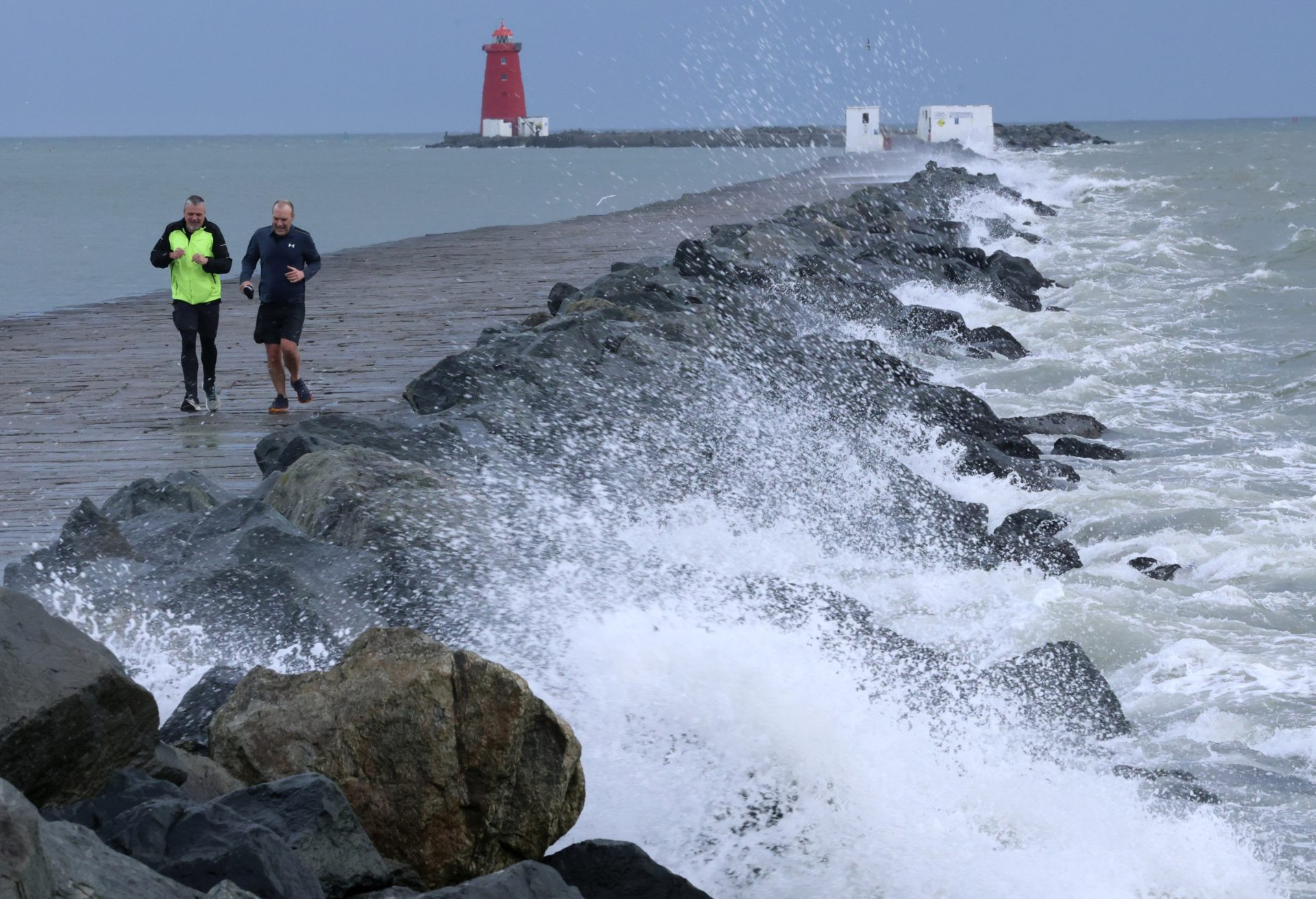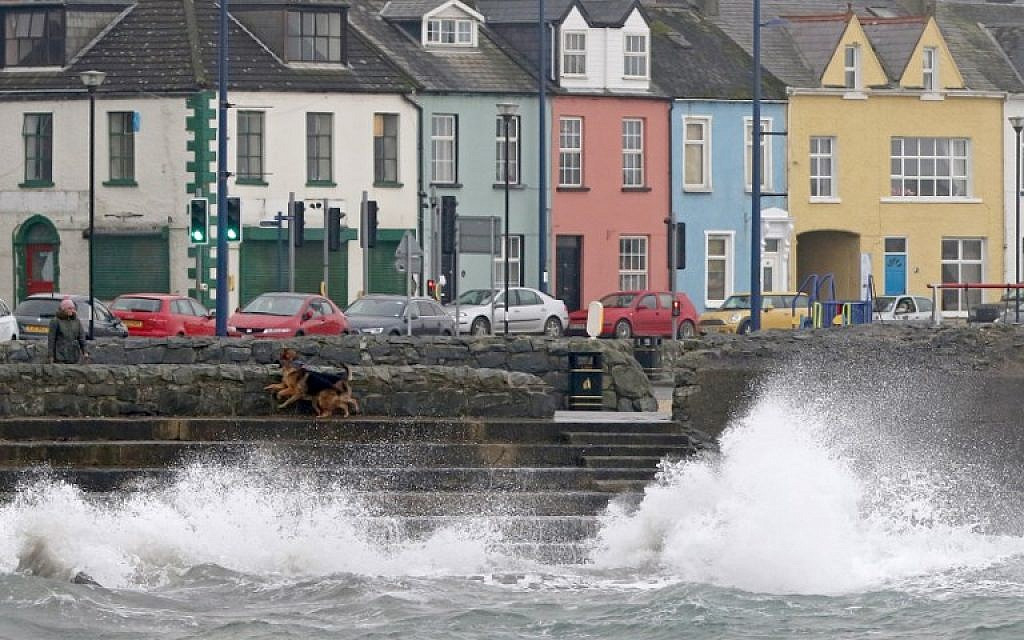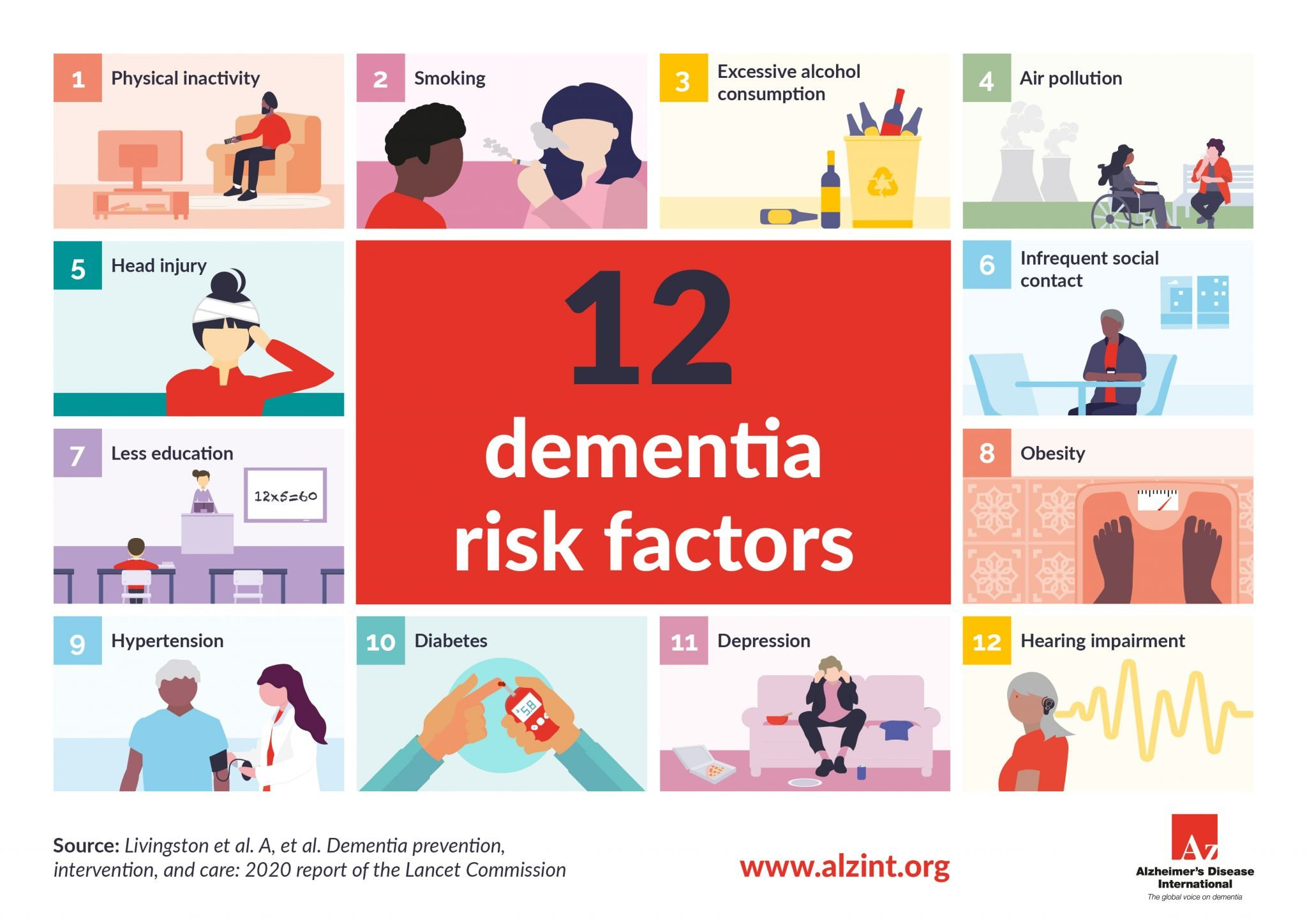Storm Éowyn: Unprecedented Damage and Widespread Disruption Across Ireland
Storm Éowyn, which hit Ireland on January 24th, has been declared the worst storm in the country's history, causing record-breaking damage to infrastructure and leaving a trail of devastation in its wake. Over 768,000 homes, businesses, and farms experienced power outages – a number that surpasses any previous storm. The sheer scale of the destruction was immediate and catastrophic, with winds reaching speeds of 183 km/h off the coast of Galway, causing widespread damage to power lines, trees, and other infrastructure.
The impact of the storm spread across the country. The ESB, responsible for power restoration, faced unparalleled challenges due to the extensive damage to the electricity network. In some areas, several kilometers of power lines were completely destroyed. ESB Networks reported that initial restoration efforts successfully returned power to 490,000 customers by late January. However, an estimated 100,000 customers faced extended outages, possibly stretching into early February. The company clarified that while most people would have power restored by Friday, January 31st, the remainder may wait longer.
Power Restoration and Emergency Response Efforts
The ESB Networks continues to work tirelessly to restore power to the remaining affected areas. They have deployed extensive crews, brought in assistance from Britain and are exploring options for further assistance from across Europe. However, the extensive damage and ongoing adverse weather conditions are hindering progress. The government has established Emergency Response Hubs in badly affected areas, providing vital support such as water, food, charging facilities, and sanitation.
The challenge is compounded by the fact that some areas experienced complete devastation of power lines, necessitating extensive repair work. The ESB has appealed for public safety, warning against approaching fallen power lines. The government has activated the EU Civil Protection Mechanism, seeking high-capacity generators to aid critical infrastructure.
Humanitarian Assistance and School Closures
The National Emergency Co-ordination Group (NECG) has been instrumental in coordinating humanitarian aid, prioritizing the needs of vulnerable individuals. Local authorities are also actively assisting residents by offering essential services, including food, water, and temporary accommodation. The Department of Education has provided guidelines for schools to reopen following safety assessments and power restoration, highlighting the importance of thorough checks for fallen wires and damage. The government's commitment to assisting affected communities is evident in plans for humanitarian aid schemes to address essential costs and repairs. The long-term effects of the storm, including the financial burden on individuals and businesses, will require significant follow-up and support.
The Aftermath: Repair and Recovery
The recovery is a protracted process. In the wake of Storm Éowyn, hundreds of thousands of people remain without basic utilities, and clean-up and repair efforts are expected to continue for days, if not weeks. The impact is far-reaching: from the disruption to essential services, education, and businesses, to the emotional toll on individuals and communities. The economic consequences of the storm's damage will also be substantial. The cost of repair and rebuilding will undoubtedly place a significant strain on resources. The scale of the damage, unprecedented in Irish history, serves as a sobering reminder of the powerful and destructive forces of nature.
Looking Ahead: Herminia's Arrival and the Road to Recovery
The arrival of a second storm, Herminia, adds further complexity to the recovery efforts. Although weather forecasters emphasize it will bring mostly wet and windy conditions rather than a full-blown storm, it is predicted to cause significant disruption, particularly in areas already weakened by the aftermath of Storm Éowyn. The anticipated high winds and rain threaten to further hinder repairs and possibly cause additional damage, potentially leading to more power outages. This poses an extra challenge to the restoration works already underway. The ongoing need for support and assistance remains crucial. The situation highlights the importance of preparedness and resilience in the face of extreme weather events. The recovery process will likely be lengthy, and the support of the government, emergency services, and the community at large will be vital. The long road to recovery has begun.


















